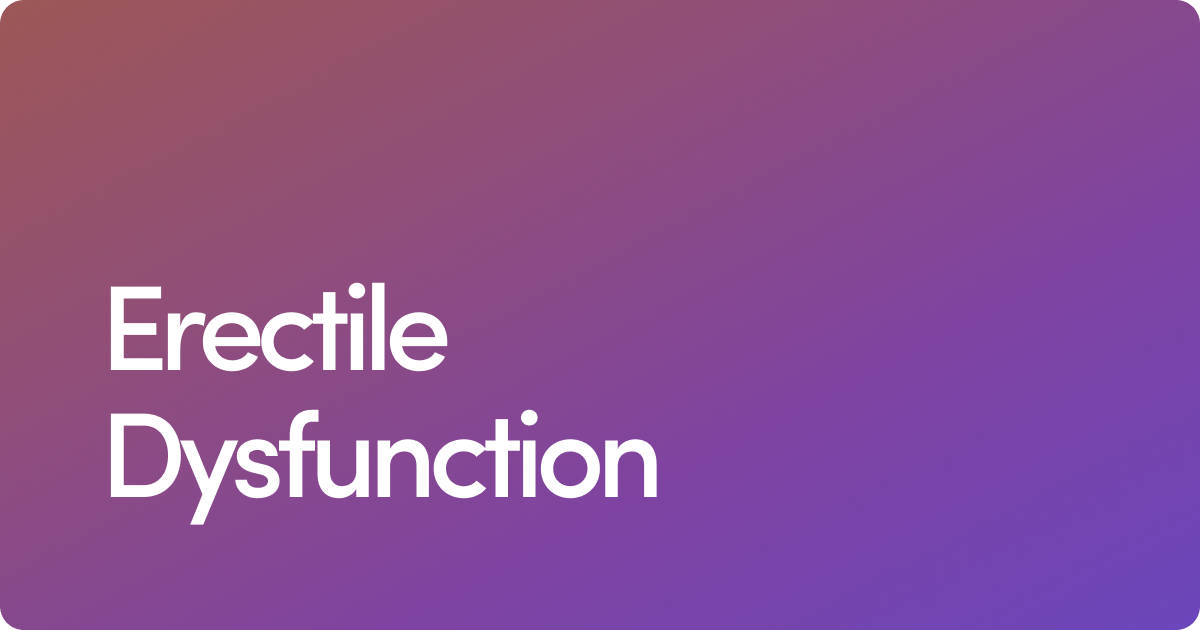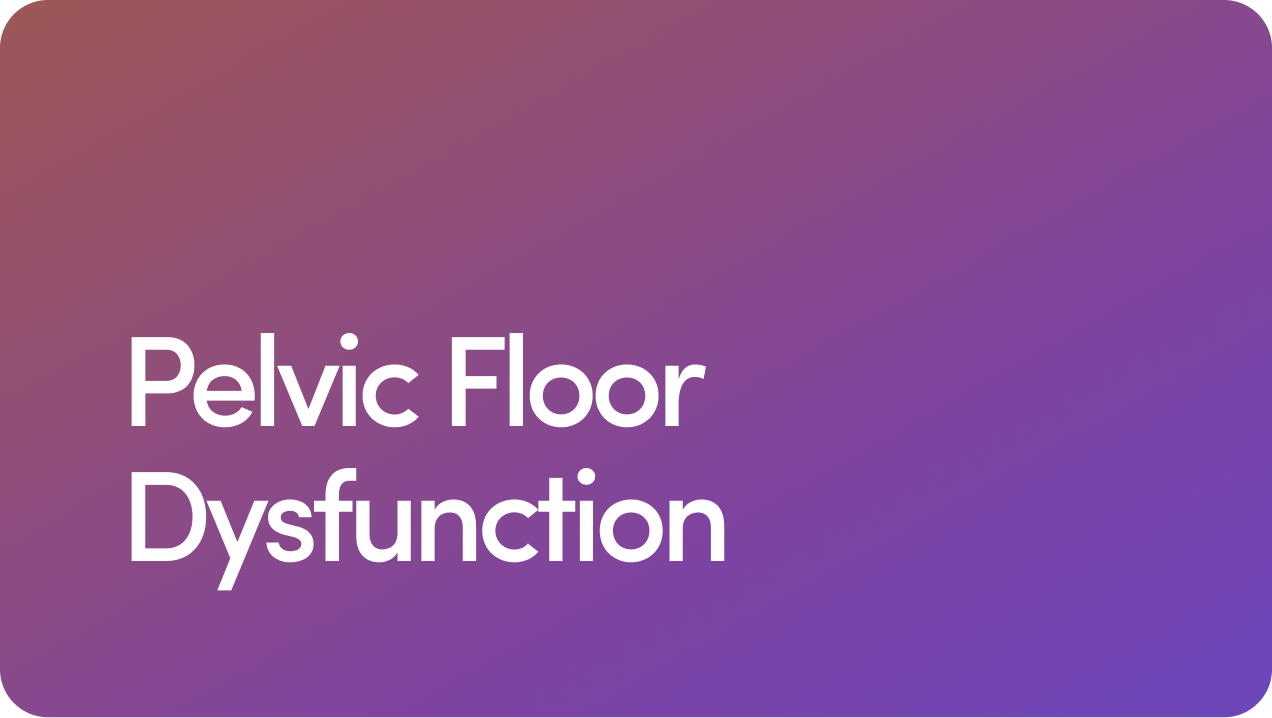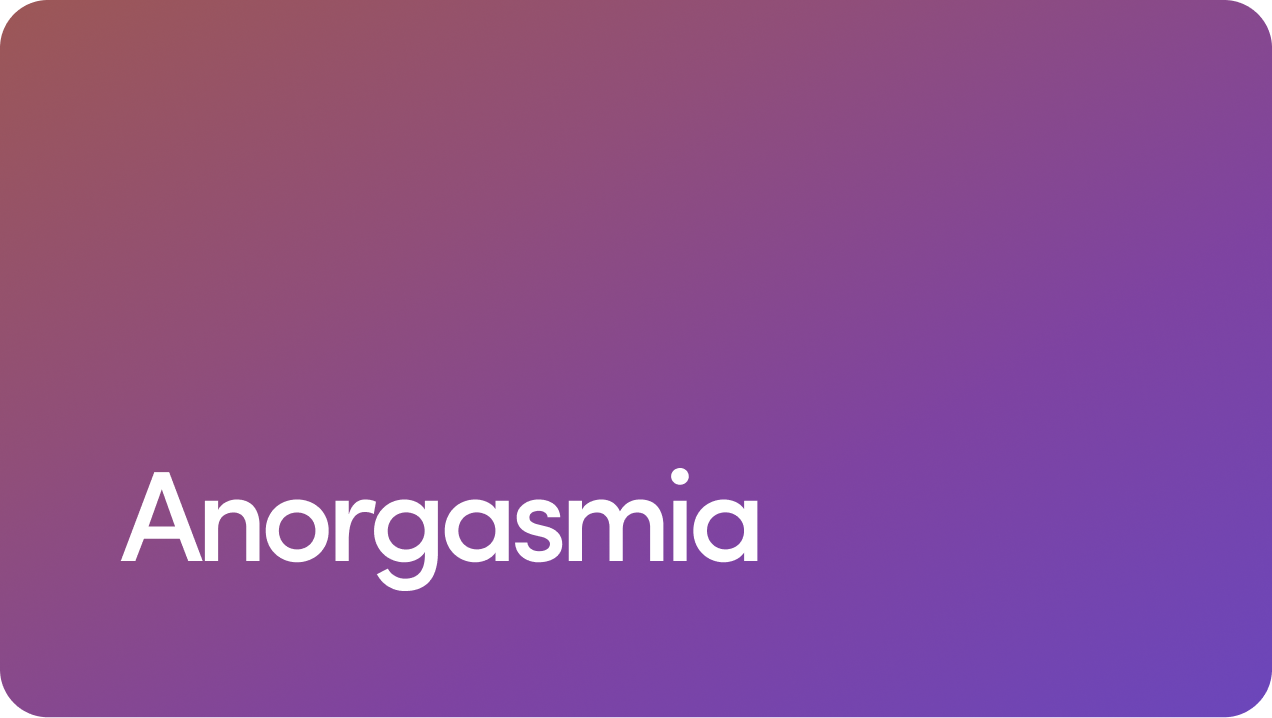Content
Cold sore relief that works in 24 hours
Kissing and Cold Sores: What Are the Rules?

Reviewed by Kelly Brown MD, MBA
Written by Geoffrey C. Whittaker
Published 12/17/2018
Updated 04/18/2024
As a rule, no one really thinks about cold sores until they think they may have been exposed to one. Suddenly romance is out, antiviral medication is in, and skin-to-skin contact becomes a source of anxiety.
Everyone ends up with the same search history — “Did I get the cold sore virus? How soon after kissing someone with a cold sore will you get one?”
The bad news is that many of your worst fears are based on science. You can get cold sores by sharing close contact, lip balm, cutlery and even the quickest kiss.
Kissing and cold sores is risky business, because if you kiss someone while you have one or more cold sores, there’s a significant risk of the other person being exposed to and infected by the virus.
So did you yourself get exposed? Did you expose someone else? Below, we’ve explored how kissing with cold sores can transmit the herpes simplex virus type 1, or HSV-1 (and less frequently, HSV-2) from one person to another, and how to avoid spreading it.
Content
Are Cold Sores the Same as Herpes?
Unfortunately, “cold sore” is just another, more palatable name for a specific kind of herpes, so if you have a cold sore, you do have a particular type of herpes.
Cold sores are small, fluid-filled blisters that can develop on and around the lips. They’re known medically as “herpes labialis” and they’re an extremely common occurrence, with about 2.5 out of every 1,000 people experiencing at least one outbreak per year.
Like other forms of herpes sores, cold sores are caused by the HSV-1 or HSV-2 viruses. Most cases of cold sores are the result of HSV-1, which is estimated by the World Health Organization (WHO) to affect more than two thirds of people aged 49 or below.
Interestingly, it’s increasingly common to find both HSV-1 and HSV-2 in places where previously only one would appear. But they’re both forms of herpes, regardless of where they appear.
Let’s consider those frantic Google searches for a moment. “Can you get cold sores from kissing?” “Someone with a cold sore kissed me on the cheek” and “What can I do if I kissed someone with a cold sore” are some of the most frequent questions related to oral herpes, and they’re a perfect snapshot of the fear and uncertainty that oral herpes carries with it.
So, can you kiss someone with a cold sore? You can, but really shouldn’t, especially when they’re having an outbreak. While you may be able to kiss someone safely with a fully healed oral herpes outbreak, kissing with cold sore outbreaks is risky behavior.Getting a cold sore from kissing someone else with them is definitely possible. Cold sores spread through contact with infected people.
But here’s some important context: most research suggests that around 47.8% of all people aged 14 to 49 are infected with the HSV-1 virus. Since cold sores are so prevalent, most people are already infected with the HSV-1 virus that causes them. In fact, most people are infected with HSV-1 without ever realizing, often through intimate contact with a partner, an innocent kiss from a relative or even contact with infected things like eating utensils, razors, etc., that unintentionally transmit the virus.
Even if you already have HSV-1 (or, less frequently, HSV-2), you might not ever develop a cold sore. This is because only a small percentage of people infected with HSV-1 or HSV-2 develop physical symptoms, such as oral herpes (cold sores) or genital herpes.
Still, it’s important to take precautions to prevent cold sores from spreading, even if you’re fairly confident you or your partner already have HSV-1.
How Long Do Cold Sores Last?
So what happens if you do develop blisters? When will they go away?
Cold sores usually take one to two weeks to heal. During this healing period, they’ll go through a consistent process, starting as a small blister on the lip that develops into an open sore before it heals over.
So, even then, if your question is, "Can you kiss someone with a cold sore scab?" the answer is a definitive hard no.
The development and healing process for a cold sore can be divided into eight stages, during which the virus can be shed and spread to other people:
The first stage is the latent period. In this stage, the herpes virus is dormant in the body and you, if you’re infected with the virus, won’t notice any symptoms. During this stage, your body may still be shedding the HSV-1 or HSV-2 virus even without symptoms.
The second stage is the prodromal stage. During this period, people often experience a tingling sensation on or around the lips and red skin in the affected area. This stage lasts for one to two days in most people. It's in this phase that you're most likely to stop a herpes outbreak in its tracks. Even then, you're still contagious.
The third stage is the inflammation stage. At this point, if you haven't taken proper precautions in the prodromal stage, the herpes virus targets cells in the lips or mouth, beginning the process of creating a sore. This takes around one day, with swelling and discomfort in the affected area.
The fourth stage is the pre-sore stage. Over the course of one to two days, one or multiple small, hard blisters will begin to develop on or around the lips. These blisters are often painful and can make eating, chewing and moving the lips uncomfortable for the affected person.
The fifth stage is the open herpes lesion stage. During this period, the blister (or blisters, if you have multiple sores) will open into an exposed sore. Most cold sores remain open for one to two days, during which they are highly infectious.
The sixth stage is the crusting stage. At this point, the body’s immune system begins to actively heal the sore by developing a brown, immunoglobulin crust. It usually takes two to three days for the crust to develop into a scab.
The seventh stage is the healing stage. At this point, a scab has fully enveloped the sore and new skin is developing underneath. The scab will typically remain for up to five days, during which the cold sore is still infectious.
The eighth and final stage is the post-scab stage. At this point, the sore will have healed and the skin will be returning to normal. It’s still possible for some redness to linger in the affected area for two to three days.
How Long Are Cold Sores Contagious?
Cold sores are contagious during all stages of the development and healing process, which typically runs about 14-15 days. During this time, you shouldn’t kiss anyone, share eating utensils, have oral sex or engage in any other oral contact throughout the entire process of a cold sore developing and healing.
Sores are typically their most contagious when blisters are visible, oozing or otherwise present, but they’re also contagious shortly before breakouts occur, until all traces have completely disappeared.
When is a cold sore healed enough to kiss? The short answer is that it's not. In general, it’s best to wait until after the scabs and sores completely disappear before you kiss someone or engage in oral sex. This is because the herpes virus can continue shedding in the late stages of cold sore healing, even if there’s no viral fluid present.
Kissing with cold sores (and any other physical activity during or after the outbreak) is dangerous business, especially because you can’t always see them. While cold sores usually develop on or around the lips, they can also develop inside the mouth — a form of herpes infection called herpetic stomatitis.
Treating Cold Sores
The cold sore healing process can be a confusing and frustrating one. Cold sores typically heal on their own, usually over the course of one to two weeks.
Most people who develop cold sores will experience occasional recurrence, as the virus that causes cold sores remains dormant in the body even when you don’t exhibit any physical symptoms.
There are several highly effective medications on the market that you can use to speed up the healing process and treat cold sores when they flare up. Often, treating cold sores in its early stages (the prodromal stage) can prevent it from fully developing.
Of these medications, one of the most widely used is valacyclovir. Our Valacyclovir 101 guide covers everything you need to know about using valacyclovir to treat cold sores, from the medication’s mechanism of action in the body to common dosage periods, side effects and more.
How to Stop Spreading Cold Sores
Hopefully, a mixture of luck and well-implemented cold sore treatment protects you from getting cold sores from direct contact. But if you’re seeking answers in the “I kissed someone with a cold sore — what should I do?” phase, this is where it gets complicated.
Your exposure depends on a few factors, like how recently you kissed, where they kissed you, and whether the cold sore was active or healed.
Cold sores can be extremely annoying, especially if they get in the way of you being intimate with your partner.
Unfortunately, they can also carry a social stigma, making meetings, lunch with friends and other normal situations embarrassing and stressful.
The longer you wait after an outbreak, the lower your risk of transmitting cold sores to a partner or other person.
As always, it’s best to be patient and wait for the outbreak to completely clear up before you put yourself in a situation where spreading the virus is possible.
That’s what you’d want others to do, after all.
11 Sources
- U.S. National Library of Medicine. (n.d.). Stomatitis, Herpetic. National Center for Biotechnology Information. https://www.ncbi.nlm.nih.gov/mesh?Db=mesh&Cmd=DetailsSearch&Term=%22Stomatitis%2C%2BHerpetic%22%5BMeSH%2BTerms%5D.
- Spruance, S. L., Jones, T. M., Blatter, M. M., Vargas-Cortes, M., Barber, J., Hill, J., Goldstein, D., & Schultz, M. (2003). High-dose, short-duration, early valacyclovir therapy for episodic treatment of cold sores: results of two randomized, placebo-controlled, multicenter studies. Antimicrobial agents and chemotherapy, 47(3), 1072–1080. https://www.ncbi.nlm.nih.gov/pmc/articles/PMC149313/.
- Valtrex (valacyclovir hydrochloride) Caplets - Food and Drug Administration. (n.d.-b). https://www.accessdata.fda.gov/drugsatfda_docs/label/2008/020487s014lbl.pdf.
- Miserocchi, E., Modorati, G., Galli, L., & Rama, P. (2007). Efficacy of valacyclovir vs acyclovir for the prevention of recurrent herpes simplex virus eye disease: a pilot study. American journal of ophthalmology, 144(4), 547–551. https://pubmed.ncbi.nlm.nih.gov/17692271/.
- Bonnar P. E. (2009). Suppressive valacyclovir therapy to reduce genital herpes transmission: good public health policy?. McGill journal of medicine : MJM : an international forum for the advancement of medical sciences by students, 12(1), 39–46. https://www.ncbi.nlm.nih.gov/pmc/articles/PMC2687913/.
- Nair PA, Patel BC. Herpes Zoster. [Updated 2023 Apr 3]. In: StatPearls [Internet]. Treasure Island (FL): StatPearls Publishing; 2023 Jan-. Available from: https://www.ncbi.nlm.nih.gov/books/NBK441824/.
- Ramchandani, M., Kong, M., Tronstein, E., Selke, S., Mikhaylova, A., Magaret, A., Huang, M. L., Johnston, C., Corey, L., & Wald, A. (2016). Herpes Simplex Virus Type 1 Shedding in Tears and Nasal and Oral Mucosa of Healthy Adults. Sexually transmitted diseases, 43(12), 756–760. https://journals.lww.com/stdjournal/fulltext/2016/12000/herpes_simplex_virus_type_1_shedding_in_tears_and.7.aspx.
- World Health Organization. (n.d.). Herpes simplex virus. World Health Organization. https://www.who.int/en/news-room/fact-sheets/detail/herpes-simplex-virus.
- Spruance, S. L., Jones, T. M., Blatter, M. M., Vargas-Cortes, M., Barber, J., Hill, J., Goldstein, D., & Schultz, M. (2003). High-dose, short-duration, early valacyclovir therapy for episodic treatment of cold sores: results of two randomized, placebo-controlled, multicenter studies. Antimicrobial agents and chemotherapy, 47(3), 1072–1080. https://journals.asm.org/doi/10.1128/aac.47.3.1072-1080.2003.
- Sacks, S. L., Thisted, R. A., Jones, T. M., Barbarash, R. A., Mikolich, D. J., Ruoff, G. E., Jorizzo, J. L., Gunnill, L. B., Katz, D. H., Khalil, M. H., Morrow, P. R., Yakatan, G. J., Pope, L. E., Berg, J. E., & Docosanol 10% Cream Study Group (2001). Clinical efficacy of topical docosanol 10% cream for herpes simplex labialis: A multicenter, randomized, placebo-controlled trial. Journal of the American Academy of Dermatology, 45(2), 222–230. https://pubmed.ncbi.nlm.nih.gov/11464183/.
- Opstelten, W., Neven, A. K., & Eekhof, J. (2008). Treatment and prevention of herpes labialis. Canadian family physician Medecin de famille canadien, 54(12), 1683–1687. https://www.ncbi.nlm.nih.gov/pmc/articles/PMC2602638/.
Editorial Standards
Hims & Hers has strict sourcing guidelines to ensure our content is accurate and current. We rely on peer-reviewed studies, academic research institutions, and medical associations. We strive to use primary sources and refrain from using tertiary references. See a mistake? Let us know at [email protected]!
This article is for informational purposes only and does not constitute medical advice. The information contained herein is not a substitute for and should never be relied upon for professional medical advice. Always talk to your doctor about the risks and benefits of any treatment. Learn more about our editorial standards here.

Kelly Brown MD, MBA
Dr. Kelly Brown is a board certified Urologist and fellowship trained in Andrology. She is an accomplished men’s health expert with a robust background in healthcare innovation, clinical medicine, and academic research. Dr. Brown was previously Medical Director of a male fertility startup where she lead strategy and design of their digital health platform, an innovative education and telehealth model for delivering expert male fertility care.
She completed her undergraduate studies at University of North Carolina at Chapel Hill (go Heels!) with a Bachelor of Science in Radiologic Science and a Minor in Chemistry. She took a position at University of California Los Angeles as a radiologic technologist in the department of Interventional Cardiology, further solidifying her passion for medicine. She also pursued the unique opportunity to lead departmental design and operational development at the Ronald Reagan UCLA Medical Center, sparking her passion for the business of healthcare.
Dr. Brown then went on to obtain her doctorate in medicine from the prestigious Northwestern University - Feinberg School of Medicine and Masters in Business Administration from Northwestern University - Kellogg School of Management, with a concentration in Healthcare Management. During her surgical residency in Urology at University of California San Francisco, she utilized her research year to focus on innovations in telemedicine and then served as chief resident with significant contributions to clinical quality improvement. Dr. Brown then completed her Andrology Fellowship at Medical College of Wisconsin, furthering her expertise in male fertility, microsurgery, and sexual function.
Her dedication to caring for patients with compassion, understanding, as well as a unique ability to make guys instantly comfortable discussing anything from sex to sperm makes her a renowned clinician. In addition, her passion for innovation in healthcare combined with her business acumen makes her a formidable leader in the field of men’s health.
Dr. Brown is an avid adventurer; summiting Mount Kilimanjaro in Tanzania (twice!) and hiking the incredible Torres del Paine Trek in Patagonia, Chile. She deeply appreciates new challenges and diverse cultures on her travels. She lives in Denver with her husband, two children, and beloved Bernese Mountain Dog. You can find Dr. Brown on LinkedIn for more information.
Education & Training
Andrology Fellowship, Medical College of Wisconsin
Urology Residency, University of California San Francisco
M.D. Northwestern University Feinberg School of MedicineB.S. in Radiologic Science, Chemistry Minor, University of North Carolina at Chapel Hill
Research
Published as Kelly Walker
Cowan, B, Walker, K., Rodgers, K., Agyemang, J. (2023). Hormonal Management Improves Semen Analysis Parameters in Men with Abnormal Concentration, Motility, and/or Morphology. Fertility and Sterility, Volume 118, Issue 5, e4. https://www.sciencedirect.com/journal/fertility-and-sterility/vol/120/issue/1/suppl/S
Walker, K., Gogoj, A., Honig, S., Sandlow, J. (2021). What’s New in Male Contraception? AUA Update Series, Volume 40. https://auau.auanet.org/content/update-series-2021-lesson-27-what%E2%80%99s-new-male-contraception
Walker, K., Shindel, A. (2019). AUA Erectile Dysfunction Guideline. AUA Update Series, Volume 38. https://auau.auanet.org/content/course-307
Walker, K., Ramstein, J., & Smith, J. (2019). Regret Regarding Fertility Preservation Decisions Among Male Cancer Patients. The Journal of Urology, 201(Supplement 4), e680-e681. https://www.auajournals.org/doi/10.1097/01.JU.0000556300.18991.8e
Walker, K., & Smith, J. (2019). Feasibility Study of Video Telehealth Clinic Visits in Urology. The Journal of Urology, 201(Supplement 4), e545-e545. https://www.auajournals.org/doi/10.1097/01.JU.0000556071.60611.37
Related Articles
Related Conditions
 Erectile Dysfunction
Erectile Dysfunction
 Premature Ejaculation
Premature Ejaculation
 Low Testosterone
Low Testosterone
 Retrograde Ejaculation
Retrograde Ejaculation
 Pelvic Floor Dysfunction
Pelvic Floor Dysfunction
 Anorgasmia
Anorgasmia